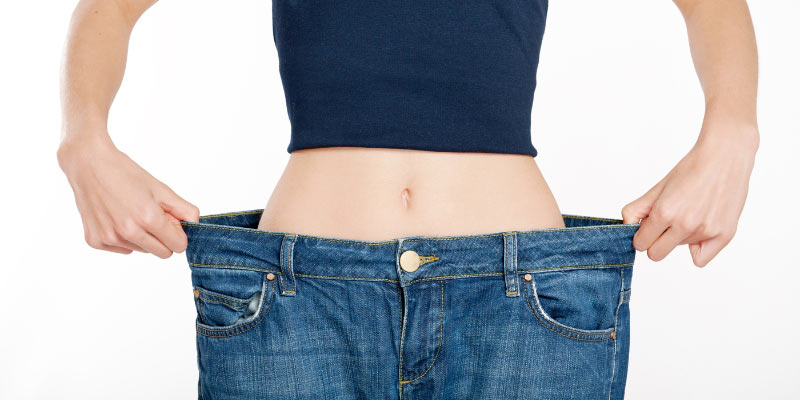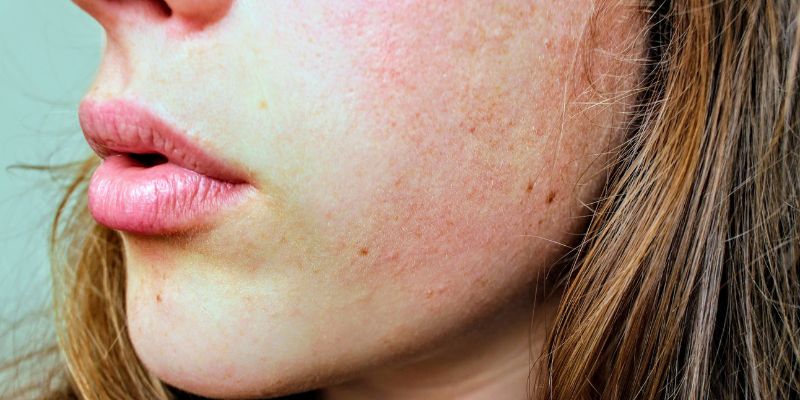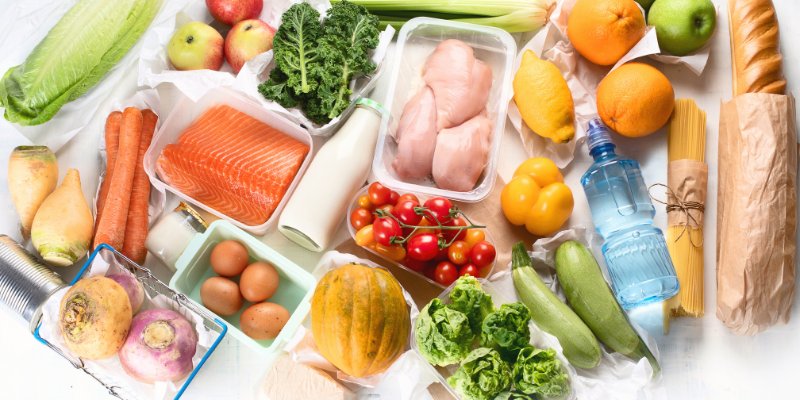For many individuals, the monthly onset of menstruation can bring many uncomfortable symptoms, with period cramps or primary dysmenorrhea (PD) being one of the most common.
Period cramps, clinically termed primary dysmenorrhea, are painful sensations in the lower abdomen, ranging from mild to severe. Often striking at inopportune times, they can disrupt one’s daily life, leading to missed work, school, and other essential commitments. Estimates reveal that period cramps are responsible for a staggering 600 million lost hours annually, emphasizing the magnitude of their impact.
Traditional Methods to Combat Period Pain
Understanding the prevalent methods of managing menstrual pain provides a backdrop against which new solutions, such as vitamin E supplementation, can be contrasted.
Over-the-counter (OTC) remedies
Many people immediately reach for OTC painkillers when period cramps start. NSAIDs have been essential for menstrual relief. These drugs reduce prostaglandins, which cause uterine contractions and pain. Popular NSAIDs are ibuprofen and naproxen. While they can be effective, some individuals experience gastrointestinal issues or allergies. Alternative solutions are often sought for those looking beyond medicine for period cramps.
Oral contraceptives
Oral contraceptives have been a popular option among many looking for dual benefits: birth control and relief from period pain. These pills function by regulating hormonal fluctuations, often responsible for severe cramping. But they're not without their drawbacks. Concerns regarding side effects, from mood changes to more serious cardiovascular issues, have made some individuals hesitant. Moreover, not everyone wishes to use birth control as a period cramp simulator or remedy.
Vitamin E: A New Perspective in Pain Management
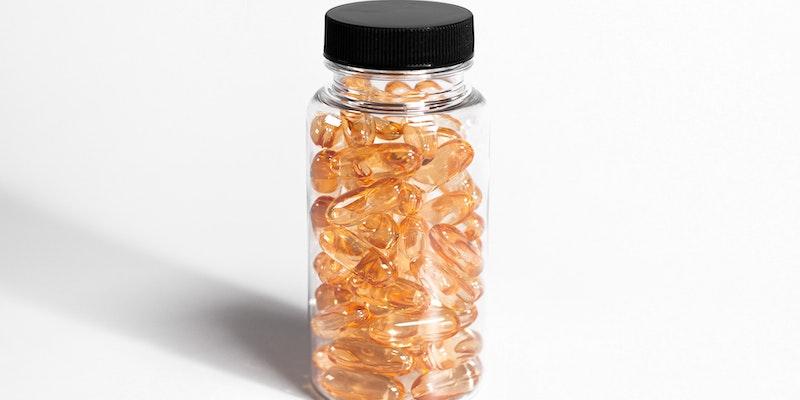
In the continuous search for more natural and side-effect-free methods of dealing with period pain, vitamin E offers a refreshing perspective.
Mechanism of action
Menstrual pain strongly correlates with prostaglandin levels—these hormone-like substances in menstrual fluid contract the uterus, causing pain. Potent antioxidant vitamin E can inhibit arachidonic acid release. This fatty acid is essential for prostaglandin production.
Holistic benefits
Vitamin E is more than just a potential solution for menstrual discomfort. Its antioxidative properties offer cell protection from damaging free radicals. This boosts skin health and immunity and positively impacts overall menstruation well-being.
Effective Supplementation With Vitamin E
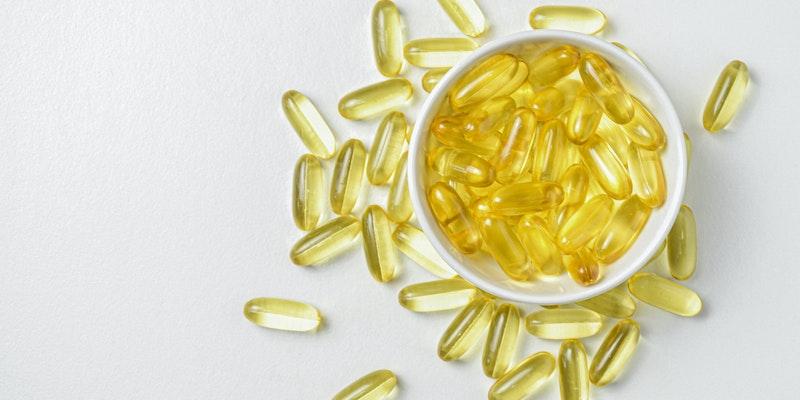
While vitamin E is a promising supplement for period cramps, it’s crucial to understand the right way to incorporate it into one’s routine.
Dosage and regimen
It's essential to strike a balance when considering dosage. In studies targeting period pain, vitamin E was administered in doses ranging between 100 IU to 900 IU. Starting the supplement two days before the expected date of the period and continuing for the first three days of the cycle showed promising results. However, always consult a healthcare provider before setting a dosage, especially when considering it as a primary supplement for period cramps.
Choosing the right supplement
Navigating the market for supplements can be daunting, given the plethora of choices. It's vital to lean towards natural vitamin E supplements (d-alpha-tocopherol) rather than synthetic versions. Checking for certification by USP or ConsumerLab can be a helpful benchmark. The potency of a supplement can significantly influence its effectiveness as a period cramp simulator or alleviator.
Dietary Sources of Vitamin E
While supplements are a direct way to increase vitamin E intake, it's also worth considering the many dietary options available.
The Natural Bounty
Certain nuts and seeds immediately come to mind when thinking of vitamin E-rich foods. Sunflower seeds and almonds are particularly potent sources. Just a handful of these can provide a significant portion of the daily recommended dosage, proving that sometimes, the best supplement for period cramps can be found in our kitchens.
Vegetables and Oils
Green leafy vegetables like spinach are iron-rich and contain reasonable amounts of vitamin E. Additionally, oils, particularly wheat germ oil and some vegetable oils, can be integrated into daily cooking, offering a seamless way to include vitamin E in one's diet.
Incorporating in Daily Diet
Integrating vitamin E-rich foods in everyday meals can be an excellent start for those hesitant about trying a supplement for period cramps. Smoothies with a blend of almonds, spinach, and kiwi or salads sprinkled with sunflower seeds can be delicious and beneficial to ingesting vitamin E.
Precautions with Vitamin E Supplementation
While vitamin E has numerous benefits, it's crucial to approach its supplementation with awareness and caution.
Recognizing the Threshold
A fat-soluble vitamin E is stored in our body's fat tissues. Over time and with excessive consumption, there's a possibility of reaching toxicity levels. Initial symptoms, like fatigue or nausea, might be subtle but could escalate to more concerning manifestations like muscle weakness or excessive bleeding. Always be vigilant about potential side effects when using vitamin E as a supplement for period cramps.
Interactions with Medications
A significant consideration when supplementing with vitamin E is its interaction with specific drugs. For instance, if someone is already on anticoagulants, taking vitamin E supplements could amplify the blood-thinning effects, leading to complications. Always consult with a healthcare provider, especially if considering vitamin E as a primary medicine for period cramps.
The Potential of Vitamin E
Given the discomfort and disruption that period cramps can cause, any promising solution is worth considering. Vitamin E stands out in this context.
Anti-Oxidant Properties
Apart from relieving period pain, vitamin E is vital to health. Its antioxidant properties protect cells from free radical damage, improving skin, immunity, and vision.
Weighing Benefits Against Risks
It's clear that vitamin E, whether sourced naturally from foods or taken as a supplement for period cramps, holds potential in managing menstrual discomfort. However, like any remedy or medicine for period cramps, weighing its benefits against potential risks is essential. As with any health decision, individual circumstances, health history, and personal preferences play an influential role.
While not a guaranteed solution for everyone, its potential benefits, and other holistic lifestyle changes can pave the way for more comfortable and less disruptive menstrual cycles.

